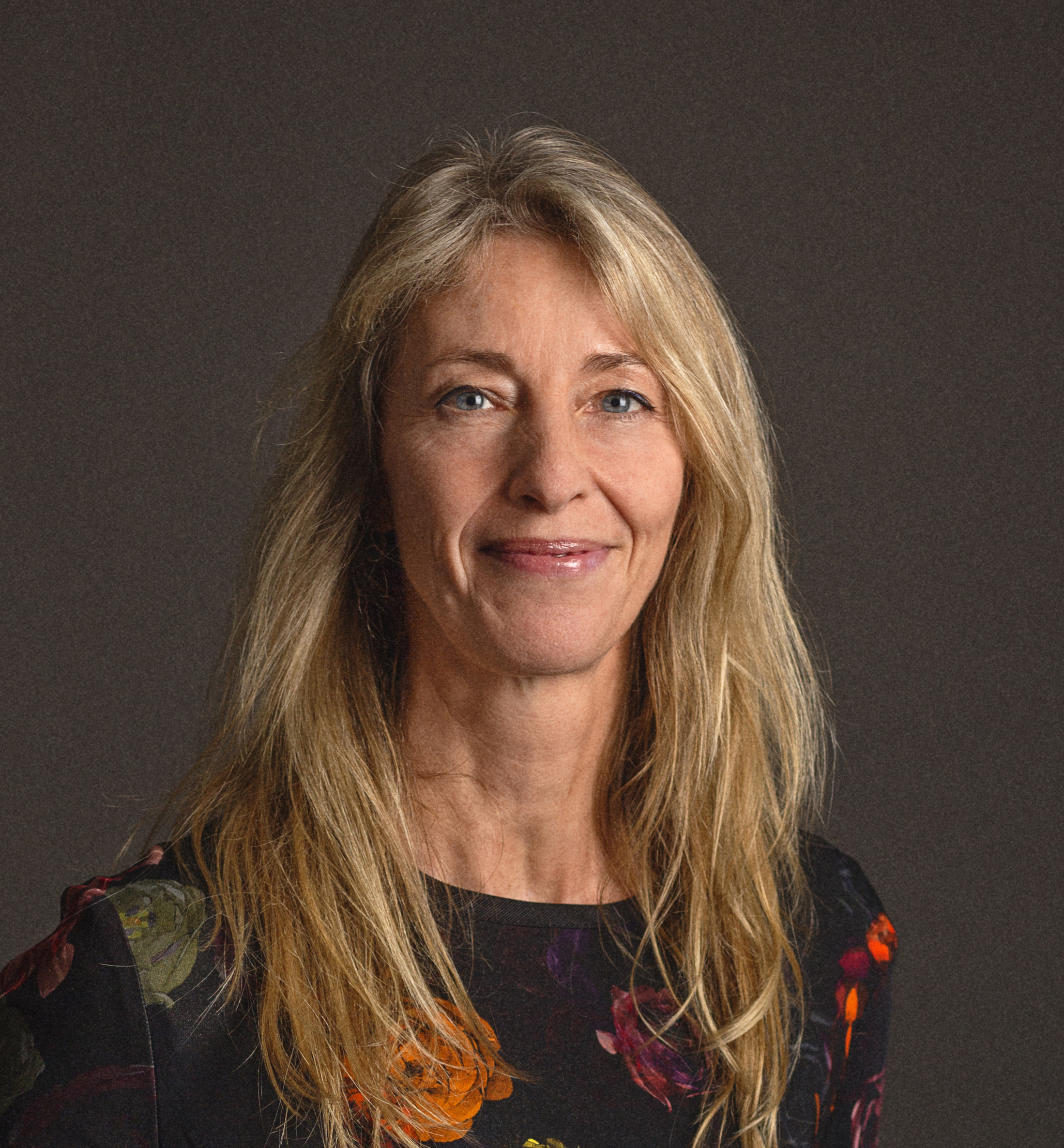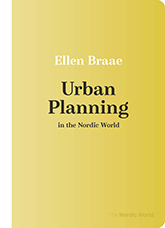|
Urban Planning in the Nordic World
Ellen Braae
The Nordic World
Copublished with Aarhus University Press
The rise—and fall—of the Nordic model in cities
Urban planning is a keystone in the materialization of the Nordic welfare states. That is not to say that there is one particular city form or planning practice that is synonymous with the emerging welfare city, as welfare per se is far from normative. On the contrary, welfare is a highly ambiguous and contested notion that has changed over the postwar decades, which is also reflected in the development of the welfare city.
However, welfare in urban planning has mainly been associated with ideas of “the good life” and egalitarianism. In a Nordic context, the state has taken the lead in providing the social engineering “hardware” for advancing this universal aim. Social demographic welfare is economically based on full employment, and in this regard housing and caregiving support are key components. Yet education, infrastructure, and leisure facilities are also basic features in the distribution of universal welfare services for citizens’ entire lives. The results, ideally, are green and spacious welfare cities.
This book outlines the origins, development, challenges, and lived realities of the changing welfare city, focusing primarily on Denmark. Strategies have changed over the decades as models of development have shifted and as the needs of society and a warming planet have come into focus. The current welfare city can be described as an urban landscape characterized by, on the one hand, a division of functions and, on the other, mutual competition. The role of the state has been minimized, turning municipalities into the new major agents in attracting taxpayers and providing goods—both by means of urban planning.
 Ellen Braae is a professor of architecture at the University of Copenhagen, where she also works as the head of the Landscape Architecture and Planning research group at the Department of Geosciences and Natural Resource Management. She is additionally a member of the Danish Independent Research Council for Culture and Communication.
Ellen Braae is a professor of architecture at the University of Copenhagen, where she also works as the head of the Landscape Architecture and Planning research group at the Department of Geosciences and Natural Resource Management. She is additionally a member of the Danish Independent Research Council for Culture and Communication.
|

Larger images
August 2022
120 pp. 5.5 x 8.5
|

